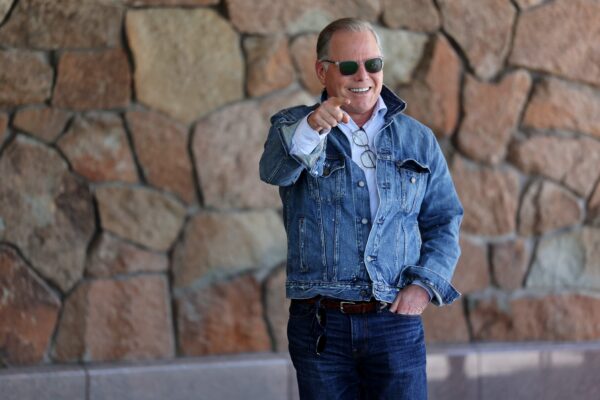- Mask-wearing was enforced during the 1918 Spanish flu pandemic, but many refused, citing the government mandates as threats to their civil liberties.
- Men needed more convincing to wear masks than did women.
- Men didn’t practice proper personal hygiene and also thought wearing masks was too feminine, so public health officials set forth to rebrand personal hygiene as a display of red-blooded patriotism.
- Men and boys were primarily depicted in public health advertisements and cartoons during the 1918 pandemic when the Spanish flu swept the nation.
- Visit Business Insider’s homepage for more stories.
As the Spanish flu swept through the US in 1918 and 1919, face masks became ubiquitous to help in preventing the spread of the disease, much as they have today during the coronavirus pandemic.
However, many refused to wear them in 1918, saying that government-mandated mask enforcement violated their civil liberties. An “Anti-Mask League” was even formed in San Francisco to protest the legislation.
But men, it turns out, needed more convincing than did women to heed the advice of public health officials.
Some men associated masks with femininity, and behaviors like spitting, careless coughing, and otherwise dismissal of hygiene made men the “weak links in hygienic discipline” during the 1918 pandemic, according to a 2010 report published in the US National Library of Medicine. So public health leaders rebranded personal care as a display of patriotism and duty to incentivize men to wear masks.
"The influenza pandemic offered a teaching moment in which masculine resistance to hygiene rules associated with mothers, schoolmarms, and Sunday school teachers could be replaced with a more modern, manly form of public health, steeped in discipline, patriotism, and personal responsibility," reads the report.
It's yet another instance of history rhyming. Fast forward to the present-day coronavirus pandemic and anti-lockdown protests dot the US, with many refusing to wear masks and citing their civil liberties as a reason for defying public health orders. A recent survey of 2,459 people found that men specifically see masks as "a sign of weakness" and "not cool" and are less likely to wear face masks outside.
Many of the adverts and public health messaging during the 1918 pandemic encouraging the public to practice good hygiene depicted men and young boys. Here's what some of them looked like.
The Spanish flu of 1918 was one of the worst pandemics in history, eventually killing 50 million people worldwide.

Read more: How the US 'flattened the curve' during the Spanish Flu pandemic
One precaution taken to quell its spread through the US was enforcing mask-wearing, or at least covering the mouth with handkerchiefs to prevent the disease from being transmitted.

And public health messaging displayed on posters typically showed men and boys.
The Spanish flu outbreak coincided with World War l. Male soldiers returning home from Europe dispersed to their home states and stations, spreading the disease in the process.
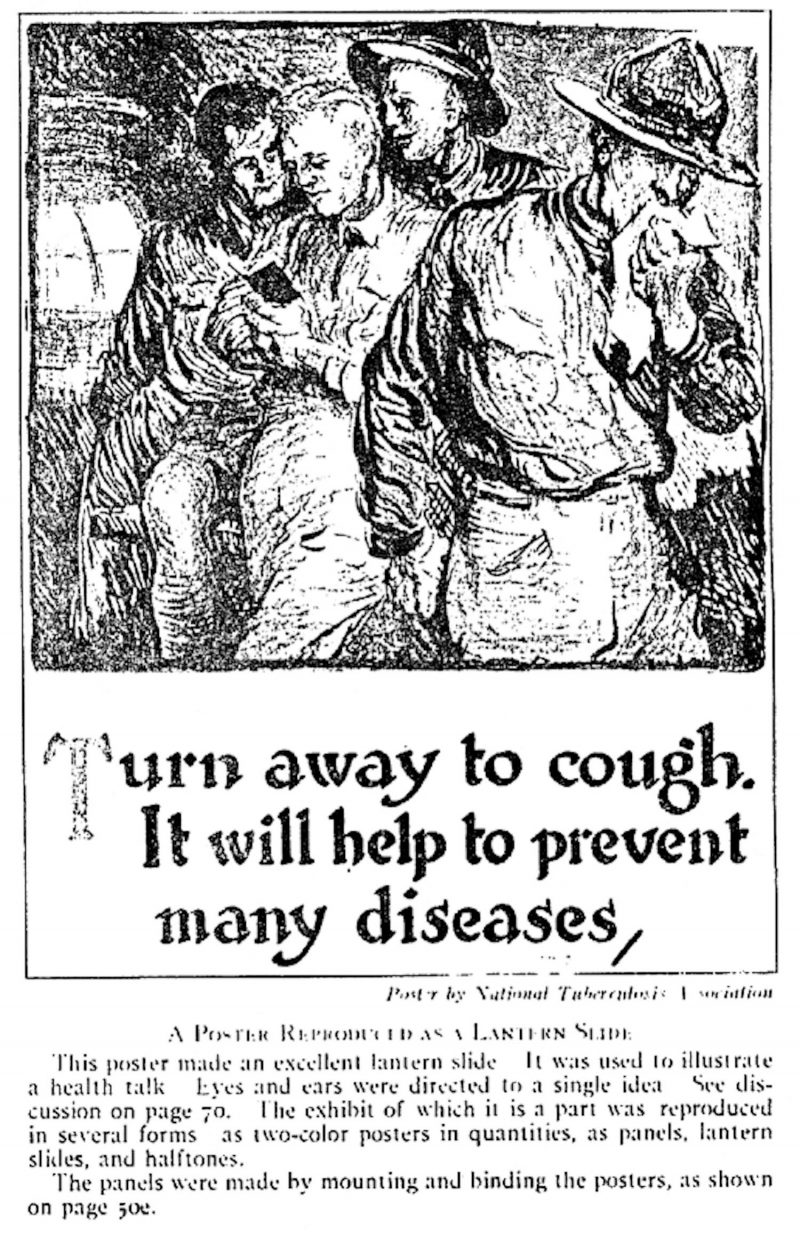
The male-centric public health advertising could then simply be a reflection of the experience of male soldiers during that period of wartime.
The "unsanitary herding of men" in war settings made for a perfect environment for disease to spread.
Men were also shown in ads calling for an end to spitting, which made it easier for the disease to be transmitted.

According to the report, the "public health villains blamed for careless coughing, spitting, and sneezing during the influenza pandemic were frequently represented, at least visually, as men behaving badly."
The prevalence of men in the ads also could be that it was considered indecent to depict women performing such natural bodily functions as sneezing, although some public health posters do illustrate women and not men.
But it's also likely that men saw masks as a threat to their masculinity, associating the gauze with passive motherly figures and the like.
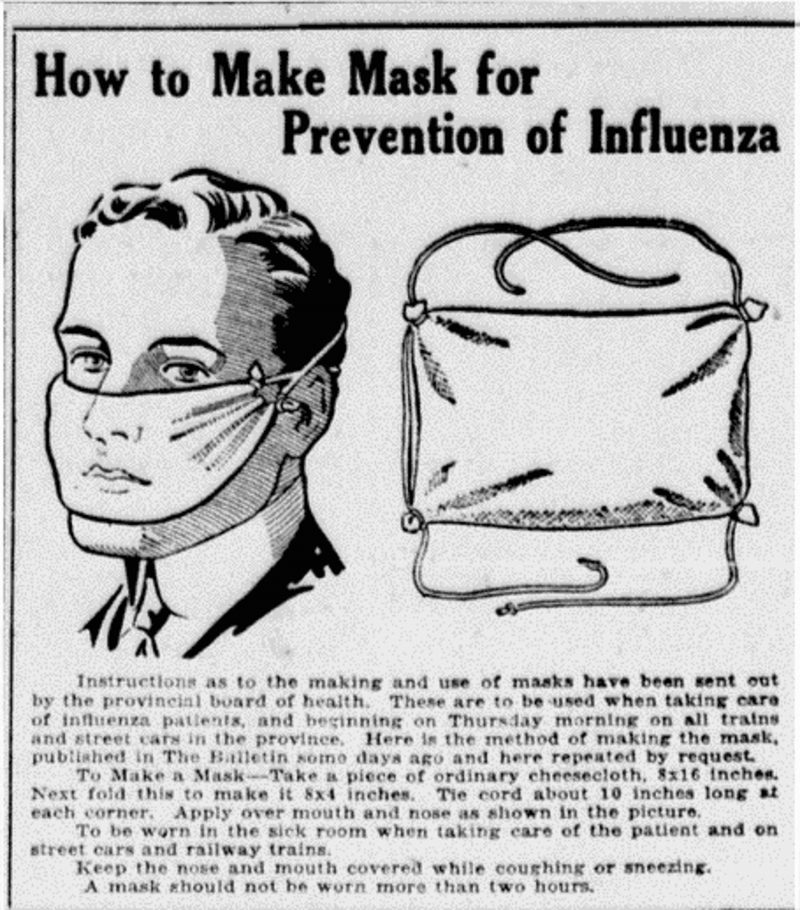
Men and boys were also seen as the "weak links in hygienic discipline" during the interwar period of 1918 through the 1930s, according to the report.

According to the report, some public health leaders felt that the methods of educating "modern men and boys" at the time were too old-fashioned.
So to help persuade members of the male population to do their part in controlling the disease, officials aimed to introduce a "more manly style of health education," usually by encouraging patriotism and engaging in civic duty.
One Oregon newspaper clip reads: "We appeal to your civil patriotism to co-operate with us in our effort to stamp out the Spanish Influenza or "Flu" Plague in Portland by wearing a mask."
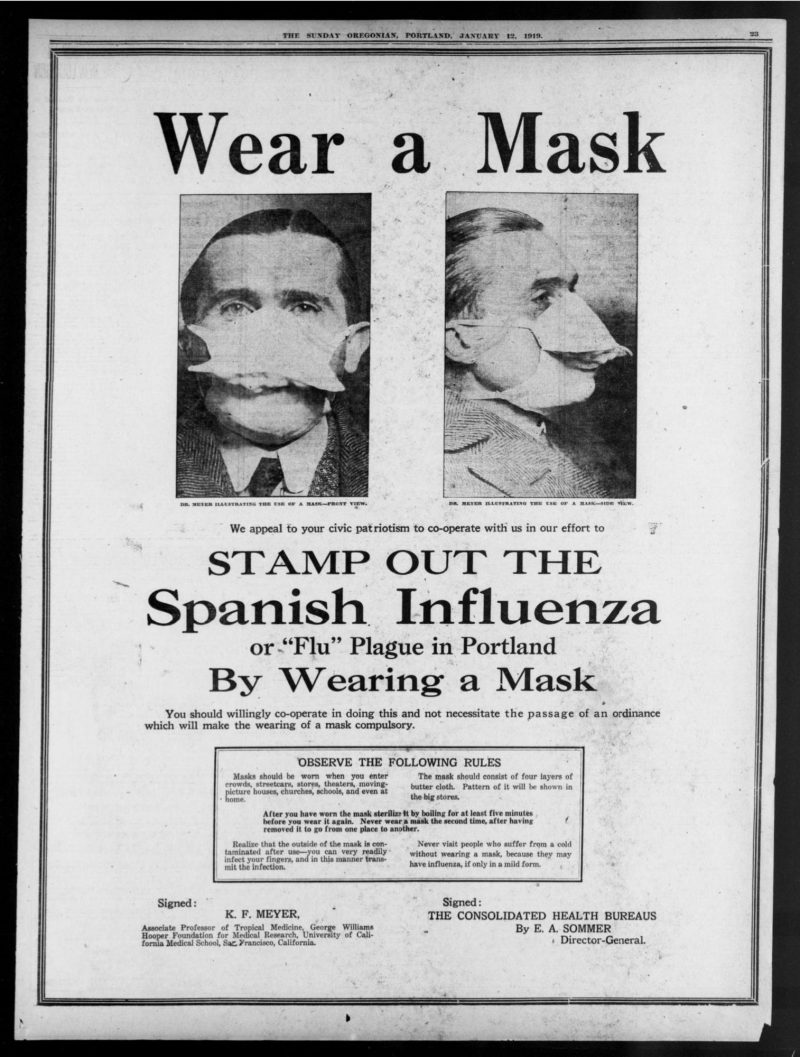
Others were more lighthearted, like a cartoon depicting an interaction between two boys, with one proudly brandishing a "hankachif" made for him by his mother.

As for the effectiveness of wearing gauze masks during the 1918 pandemic, experts debated if they even helped in combatting the spread of influenza.
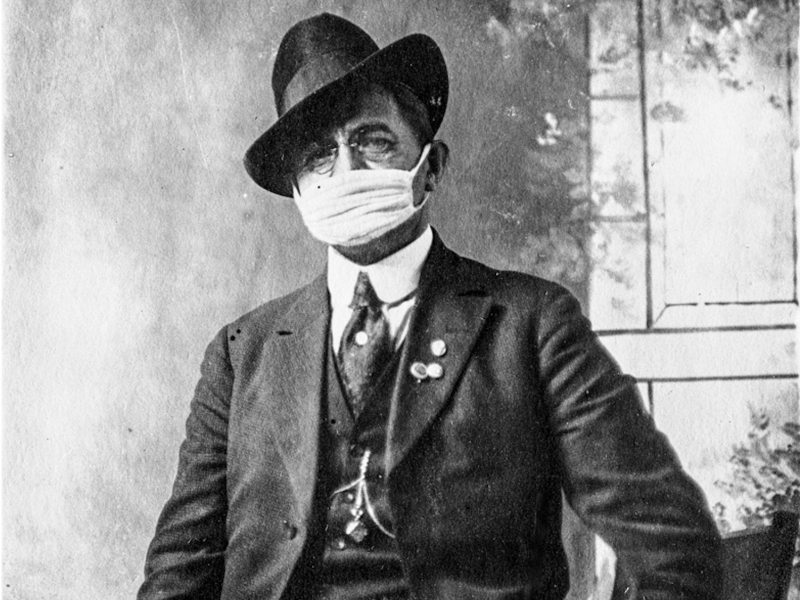
But what did work in 1918 and 1919 was enforcing and sustaining social distancing measures. That, too, involved everyone doing their part and taking individual accountability.
Men were seen as weak points in disease control during the Spanish flu pandemic due to lack of hygiene, and recent studies have shown that men still tend to be more careless.
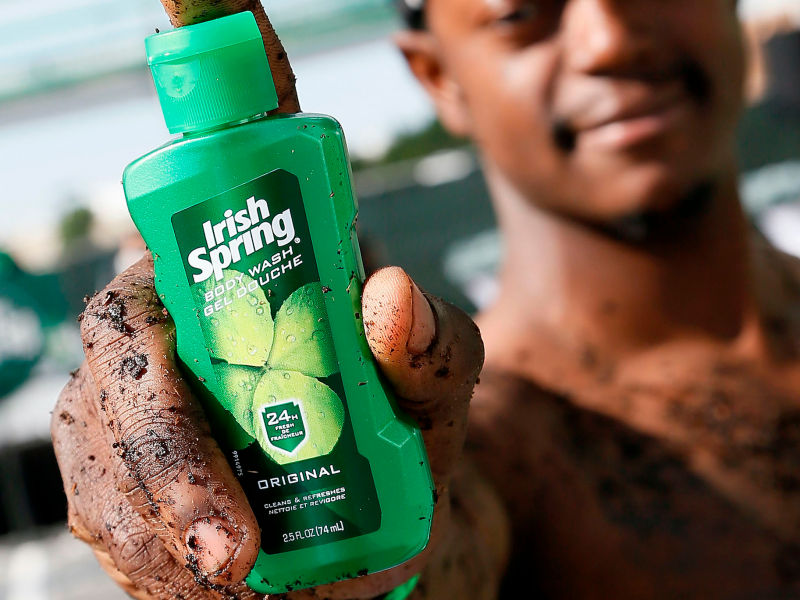
A 2018 report from market research company Ipsos found that women are more likely than men to consider hygiene habits very important. Studies also show that women are better at hand-washing than men, a relevant feat in the 2020 coronavirus pandemic. Recognizing gender disparities in personal hygiene remains an issue.
"We need to make sure men don't feel too macho to worry about germs," Rosie Frasso, program director of public health at Thomas Jefferson University, told The New York Times in mid-March.
Repackaging health education into man-friendly messaging has become a mainstay into the 21st century.
Personal hygiene products, from body wash to razors, have long been tailored for men and women individually, as The Atlantic reports. Men's scents have overwhelmingly "grassy," "minty," and overall bold-smelling scents, with rugged-looking packaging to match.
Men's grooming company Old Spice — founded in 1938 — has long embraced a masculine approach to its marketing.
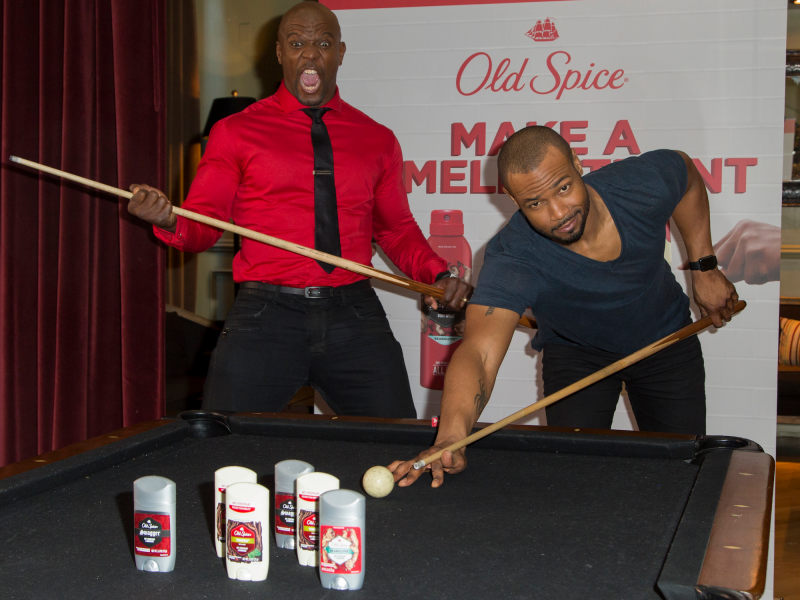
Even such basic needs as water have been given "macho" branding that appeals to male consumers. The buzzy canned water startup Liquid Death turned to aggressive punk rock imagery for its eco-friendly tallboy cans of water.
To stunt the spread of COVID-19, many states currently mandate that residents wear masks, including California.

Gov. Gavin Newsom said in a recent press conference that "wearing a face mask is a sign of toughness. It's a sign of resolve" and "a sign of someone who gives a damn."
The Centers for Disease Control and Prevention recommends the wearing of masks or face coverings.
But people want to wear something that fits their personal identity, as The Atlantic reports.

If men in 1918 did indeed feel as though masks and personal hygiene weren't aligned with their masculinity, it makes sense as to why officials felt the need to adapt public health calls-to-action accordingly.






